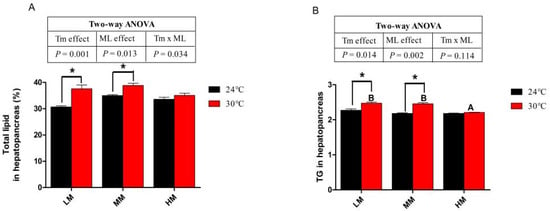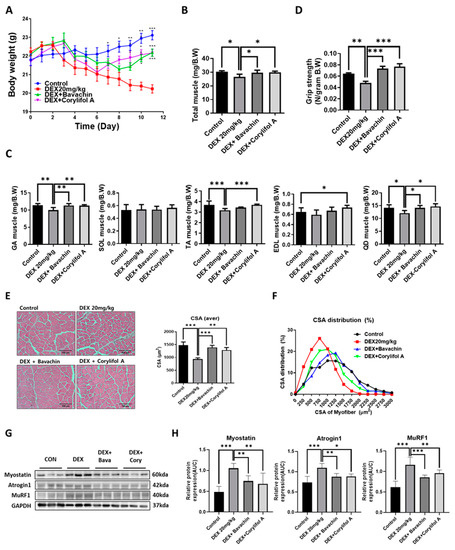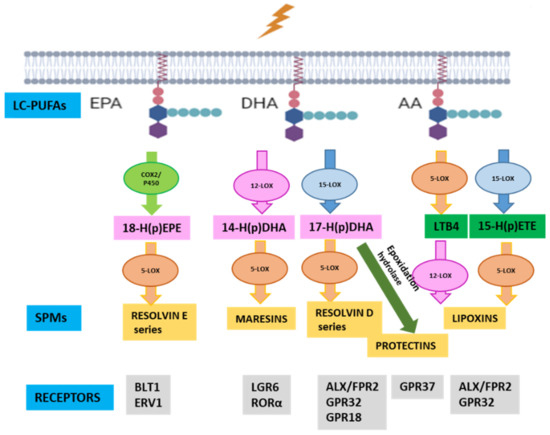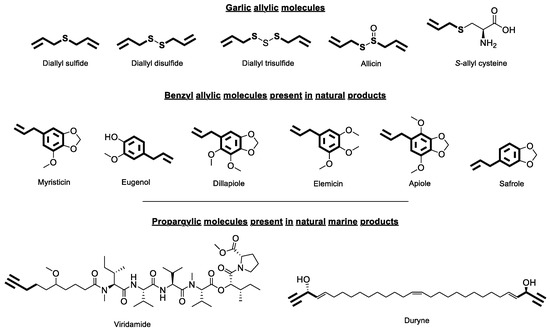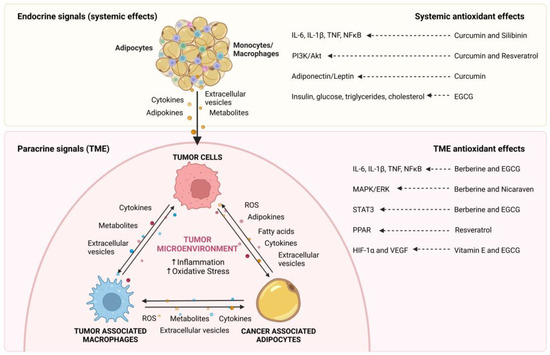1
Laboratory of Animal Husbandry, Faculty of Veterinary Medicine, Aristotle University of Thessaloniki, 541 24 Thessaloniki, Greece
2
Laboratory of Animal Nutrition, Faculty of Veterinary Medicine, Aristotle University of Thessaloniki, 541 24 Thessaloniki, Greece
3
Laboratory of Food Chemistry and Technology, School of Chemistry, Aristotle University of Thessaloniki, 541 24 Thessaloniki, Greece
Antioxidants 2023, 12(1), 208; https://doi.org/10.3390/antiox12010208 - 16 Jan 2023
Cited by 15 | Viewed by 3063
Abstract
Pomegranate contains bioactive compounds in all its parts. In this study, two levels of pomegranate peel byproduct (PPB) with or without the inclusion of xylanase enzyme were used to supplement laying hens’ diet, in a 2 × 2 full factorial design. A total
[...] Read more.
Pomegranate contains bioactive compounds in all its parts. In this study, two levels of pomegranate peel byproduct (PPB) with or without the inclusion of xylanase enzyme were used to supplement laying hens’ diet, in a 2 × 2 full factorial design. A total of 48 Isa brown laying hens were fed the following experimental diets for 8 weeks: T1 (2.5% PPB); T2 (2.5% PPB and xylanase); T3 (5% PPB); T4 (5% PPB and xylanase). Eggs collected were analyzed for egg quality parameters. Moreover, egg yolks were analyzed for Malondialdehyde content (MDA), fatty acid profile and total phenolic content. The T2 eggs showed enhanced yolk coloration and greater yolk total phenolic content. The T3 and T4 egg yolks showed lower MDA levels compared with T1, T2. Overall, results have shown that (a) xylanase inclusion affected egg yolk coloration and total phenolic content when combined with 2.5% PPB dietary supplementation; (b) dietary supplementation of 5% PPB resulted in eggs with reduced MDA levels.
Full article
(This article belongs to the Special Issue Oxidative Stress, Reactive Oxygen Species and Animal Nutrition)




